Physical changes during pregnancy

This post was created in collaboration with midwife Vivian.
Click here to read further information about midwife Vivian.
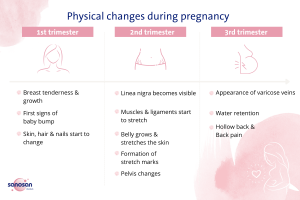
During pregnancy, expectant moms are faced with a number of changes. These small and large changes can affect life circumstances, one’s own psyche or – quite obviously – one’s own body. After all, the body not only makes room for a growing baby, but also prepares itself for the birth and the time afterwards. In the following article you will find out how exactly these physical changes become noticeable during pregnancy.
There are these physical changes during pregnancy
Breast tenderness? – Physical changes in the 1st trimester of pregnancy
In the first few days after fertilization, the body begins to change, preparing and adjusting to the growing life in the womb. The first physical changes can be different for each pregnant woman and each pregnancy and are highly subjective. Some pregnant women notice emotional changes or increased fatigue, while others struggle with nausea or a bloated belly. Some others notice the first physical changes in their breasts, which begin to tighten. Breasts begin to grow relatively quickly as glandular tissue increases. This growth can cause a feeling of tightness and the breasts may feel firmer and more sensitive. If you are also currently struggling with uncomfortable breast tenderness, feel free to check out tips on how to reduce breast tenderness in this article. Not only do the breasts increase in volume, but the nipples also become larger and darker. The growth of the nipples is caused by the increased melatonin production during pregnancy and serves to help the baby find the nipples better during breastfeeding. In addition, the Montgomery glands also become visible, which release a secretion after birth that attracts the baby with its smell.
In addition, during the first months of pregnancy, 70% of all expectant mothers experience another change: sensitivity to odors. Many pregnant women are sensitive to odors such as cigarette smoke and alcohol. But also the smell of certain foods, care products and even people, can be perceived as unpleasant. Due to hormonal changes, pregnant women perceive odors more quickly and intensively than non-pregnant women. As a result, especially in the first few weeks, everyday smells can be perceived as unpleasant or even trigger nausea. Ultimately and this reaction is a mechanism to protect the unborn child from poisoning. However, to counteract the nausea somewhat, you should avoid any contact with alcohol and cigarette smoke and also refrain from eating affected foods. If the odor sensitivity concerns care products, you can ask your friends and family to temporarily stop using the specific care products and perfumes. You yourself can switch to care products that have a subtle scent or even no scent.
Towards the end of the first trimester, some women start to show signs of a baby bump. Especially in the second pregnancy, the belly can often be seen a little earlier. The skin is often perceived as softer and smoother at this time, but tension in the abdominal area can also already occur.
Belly, legs, bums – Physical changes in the 2nd trimester of pregnancy
In the second trimester, the abdomen grows vigorously, which causes the skin on the abdomen to expand and there is a feeling of tightness. In addition, the skin usually also stretches in the area of the hips, legs and breasts, which can cause reddish stretch marks. Reddish stretch marks are fresh cracks in the subcutaneous tissue that lose their color and become lighter over time. They appear in many pregnancys as early as the second trimester, in others not until the third trimester, and in some pregnancys they may not appear at all. Stretch marks can be prevented, for example, by various types of massages or proper care.
Another change during pregnancy occurs in the abdominal area. This is the linea nigra, which forms frequently between the 18th and 24th week of pregnancy. It is a dark line that runs from the belly button to the pubic bone and develops as the pregnancy progresses. It is caused by increased melanin production during pregnancy and is often more prominent in dark-skinned women than in women with a fair complexion. Linea nigra can also appear earlier, so some pregnant women notice this physical change as early as the end of the first trimester.
The pregnancy hormone progesterone also causes the ligaments, muscles and connective tissue to loosen and lose strength. The connective tissue can be strengthened by proper care with valuable ingredients. If you combine the cream application with a small massage, you can additionally support your connective tissue. When massaging the abdomen, however, you should always be careful and proceed with particular caution, as this can also trigger contractions.
Furthermore, the loosening of the ligaments also changes the pelvis. This creates space for the baby, as the body is already preparing for birth.
Water retention – Physical changes in the 3rd trimester of pregnancy
In addition to the ever-growing baby bump, other physical changes also become noticeable in the third trimester. Here, breaks and sufficient rest become increasingly important for relieving the strain on the back. To compensate for the weight of the belly, many pregnant women make a hollow back, which quickly leads to back pain. So take care of yourself and don’t overdo it!
Moreover, many women struggle with water retention in the arms, hands and legs, especially in the third trimester. This water retention is also called edema and leads to swelling in the affected areas. These water retention are due to the pregnancy hormone progesterone. Progesterone dilates the blood vessels and makes them more permeable, which means that water can escape more frequently and is deposited in the connective tissue. Water retention can be counteracted, for example, by a balanced diet rich in salt, alternating showers or acupuncture. Long standing and running, as well as taking dehydrating medications, should be avoided.
Baby Glow or Pregnancy Acne? – General physical changes during pregnancy
During pregnancy, changes also occur in the skin, hair and nails. Hair and nails grow much faster than usual during pregnancy. The hair also often appears fuller and stronger and even the hair structure or hair color can change during pregnancy. Hormonal changes always affect our skin and hair. They are a reflection of a woman’s state of health, the basis of which is the menstrual cycle and the hormonal balance associated with it.
In the area of the skin, different changes can occur. While some give off the famous baby glow, others struggle with the so-called pregnancy acne. This is because the skin’s appearance can develop in two directions as a result of the hormonal and physical changes. On the one hand, the skin can become clearer and firmer, which is due to the increased blood circulation and water retention. On the other hand, due to increased progesterone levels and increased secretion of androgens, skin blemishes can form. Accordingly, various influences act on the appearance of the skin during pregnancy. This can also be seen in pigmentation, which can appear on the face, under the arms or in the intimate area during pregnancy. Here, the skin darkens or brownish spots form. The reason for this is that during pregnancy hormones are released that stimulate the cells to produce the dark brown pigment melanin.
Closure
After pregnancy, the body naturally changes again. The hormone balance is once again thrown into turmoil before it returns to normal. The uterus slowly contracts again to reach its normal size. And the plump head of hair that pregnant women often have is also replaced by hair loss. Just like pregnancy, postpartum involution takes time – about as long as pregnancy itself, nine months. However, this does not mean that your body will look the same after nine months as it did before pregnancy, and it doesn’t have to! Don’t put yourself under pressure and give yourself and your body enough time.
 Mama Christina has also noticed how her body has changed during and after pregnancy. To that end, Mama Christina answered a question: How do I feel in my body after two pregnancies?
Mama Christina has also noticed how her body has changed during and after pregnancy. To that end, Mama Christina answered a question: How do I feel in my body after two pregnancies?
“I have to be completely honest: I’d be lying if I said that everything is 100% like before and that I feel all around and completely comfortable. Unfortunately, that’s not true yet. There is still a little bit missing. But I have to say that I can’t complain at all about what my body has done twice, and I’m super grateful for it. And, of course, there is still a bit of work to be done by oneself to see how far the body will regress. But as I said, I don’t stress myself out about it and I think to myself that with time it will all work out. And you also get a really great gift for it!”
Don’t forget: All these small and big changes in your body show what your body is doing. So give yourself enough breaks and listen to what your body needs right now. After all, the most beautiful change is probably the change from a woman to a mother.
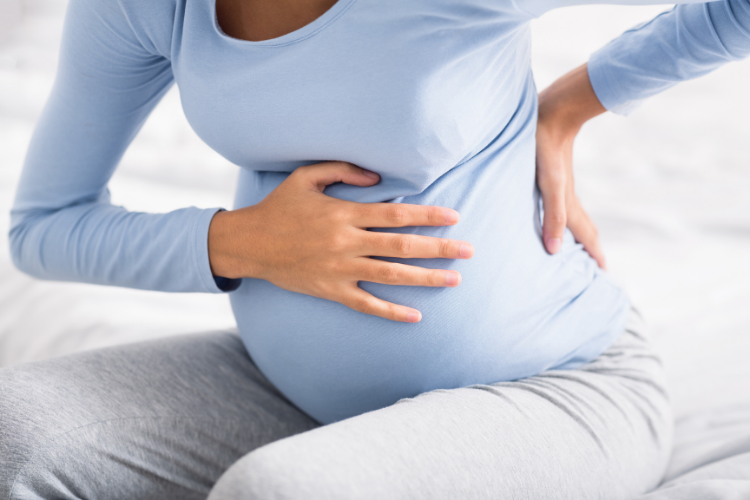
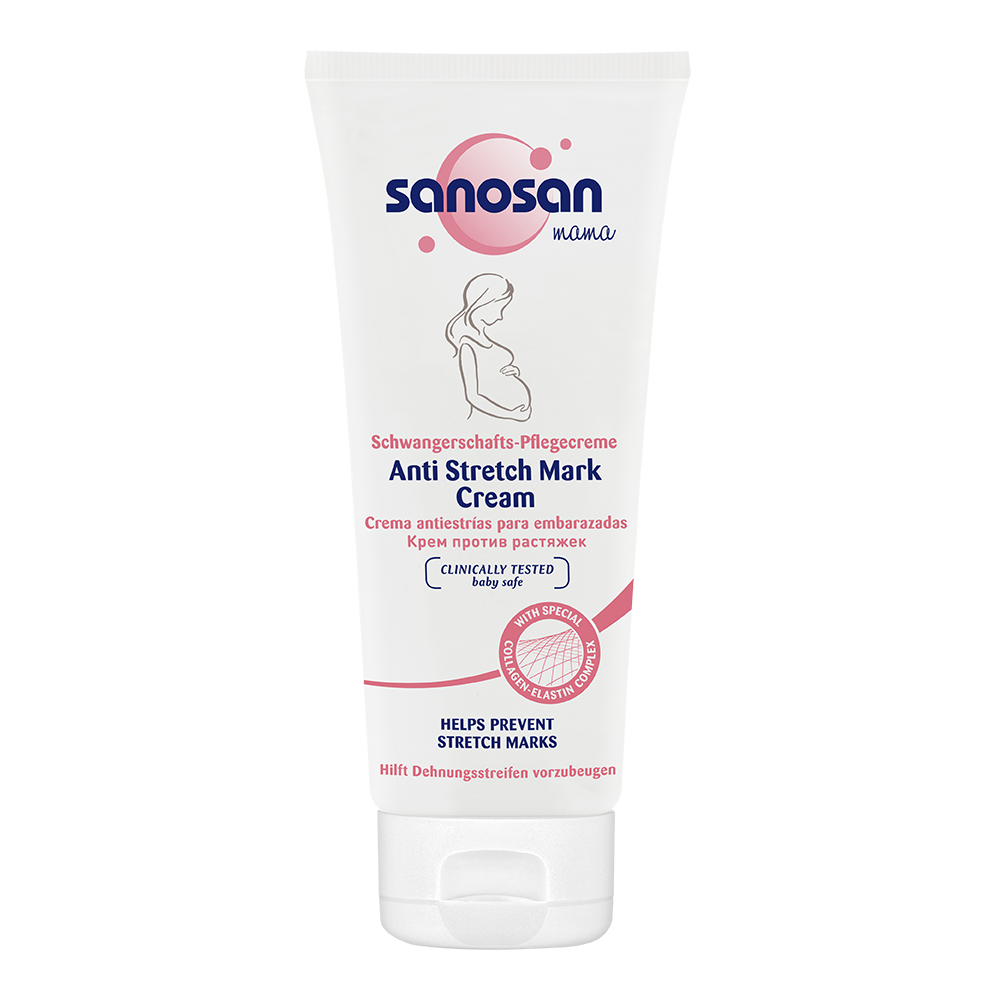
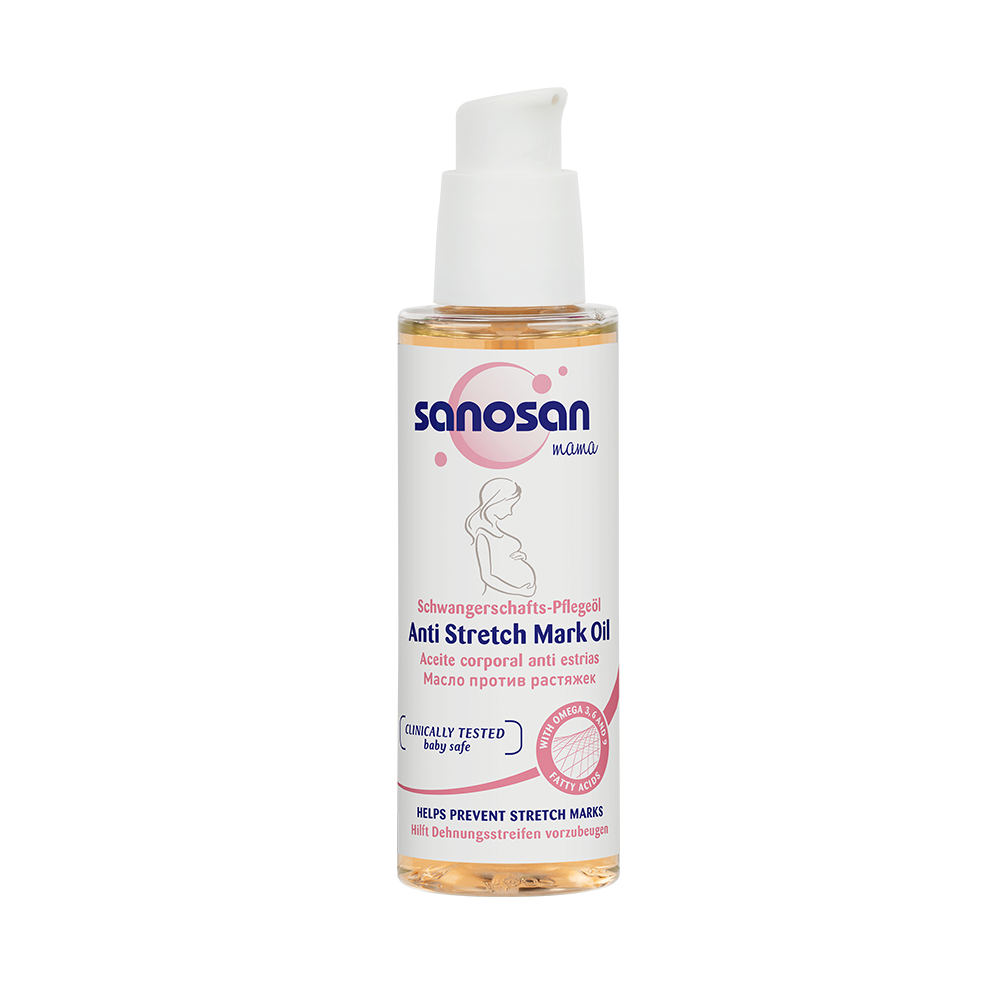
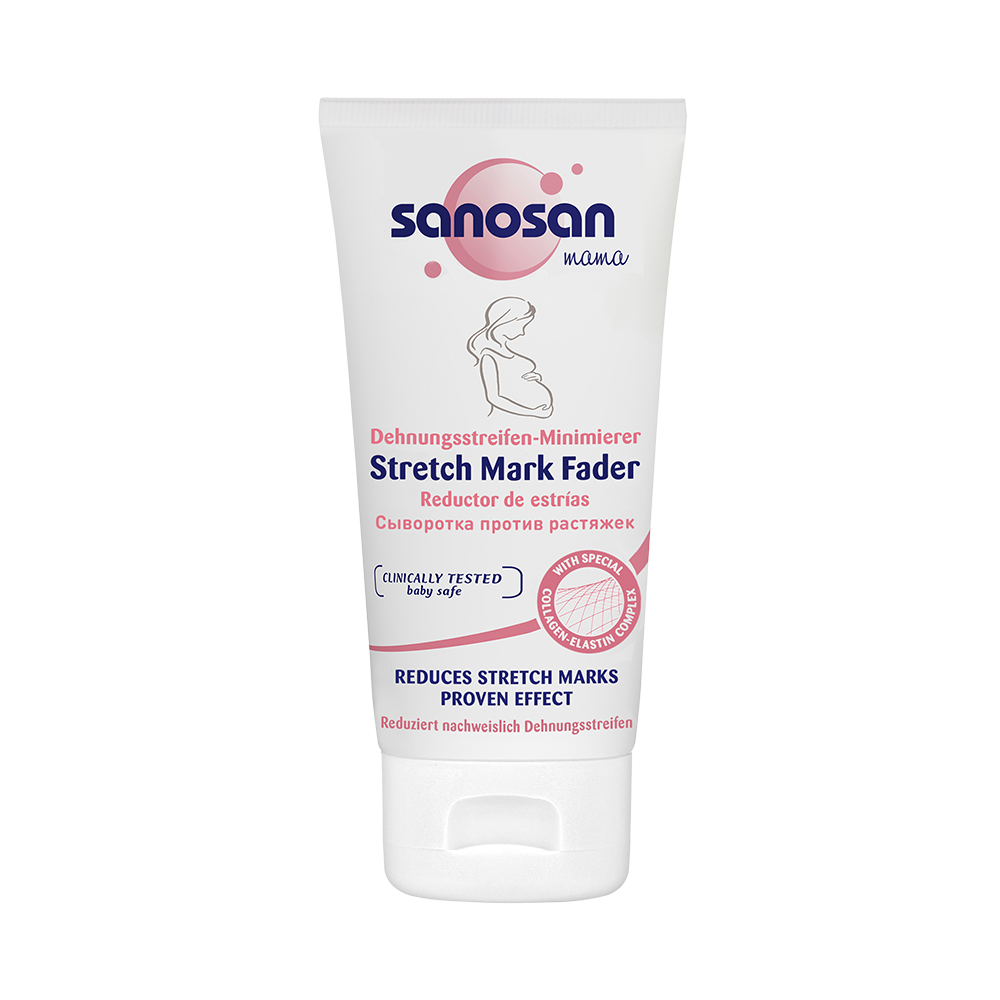
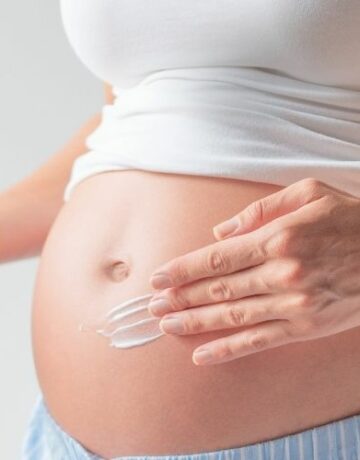
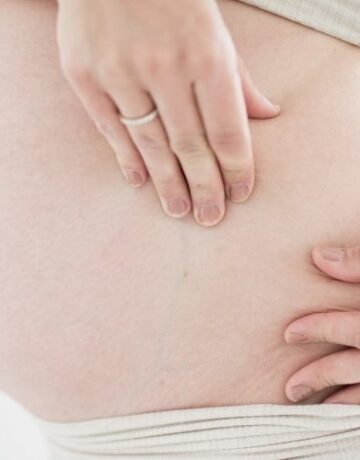
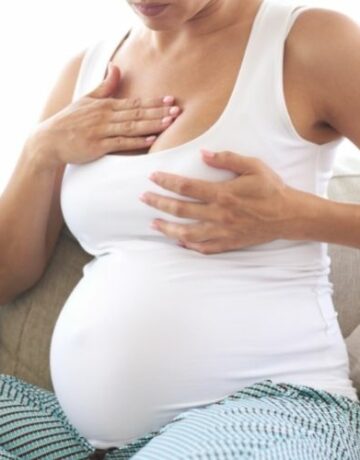

Comments (0)